Experts Find An Alarming 340-Year-Old Discovery In A Sunken Warship
During the 17th century, the Swedish warship Kronan was built. Considered the Swedish Navy’s flagship, it was an incredible behemoth, expected to guide Sweden into many great victories during its lifetime. Its creation was a massive feat–a source of pride for the powerful Swedish Navy and a source of fear for those who faced it.
Despite its size, the Kronan capsized merely four years after its creation. It was on the first of June, 1676, when it keeled over amidst stormy weather after it made a sharp turn during the Battle of Öland.
Some Background On The Battle Of Öland
The Battle of Öland took place on the Baltic Sea’s west side and the east side of the city of Öland. It was found on one of Sweden’s islands in the southern part of the country. The battle took place near Öland, yet the remains of the shipwreck are located in another city entirely.

Source: Wikimedia Commons
Taking place in the Baltic Sea, the battle was fought between an allied Danish-Dutch fleet and the Swedish Navy during the Scanian War from 1675 to 1679. The irreparable damage that was done to the Kronan led to the escape of the remaining distressed Swedish fleet.
Sweden’s Largest Vessel
During its time, it was one of the world’s largest seagoing vessels. It took four years to complete this large ship due to financial problems and conflicts between the Swedish admiralty and Francis Sheldon, the shipwright.

Source: Kalmar County Museum
Kronan was heavily armed and expected to do great things for the Swedish Navy until its untimely demise in 1667, which took with it hundreds of lives. Once lost in the depths, the ship’s remains were finally rediscovered over 300 years later.
Many Were Lost
The destruction of the Kronan also involved a blast. When the ship capsized, the gunpowder magazine it carried also ignited. Consequently, the bow was wiped out, causing the vessel to sink quickly.

Source: Wikimedia Commons
As a result, 800 men tragically went down with the ship. Other items that sank along with the ship were over a hundred guns, military equipment, gold and silver coins, and a slew of personal items. The Swedish Navy also lost an esteemed symbol of Charles XI’s monarchy.
The Ship Was Discovered After Three Centuries
The Kronan’s final place of rest was on Sweden’s southeast coast, where it remained for more than 340 years. Eventually, aquatic creatures under the Baltic Sea made the ship their home.
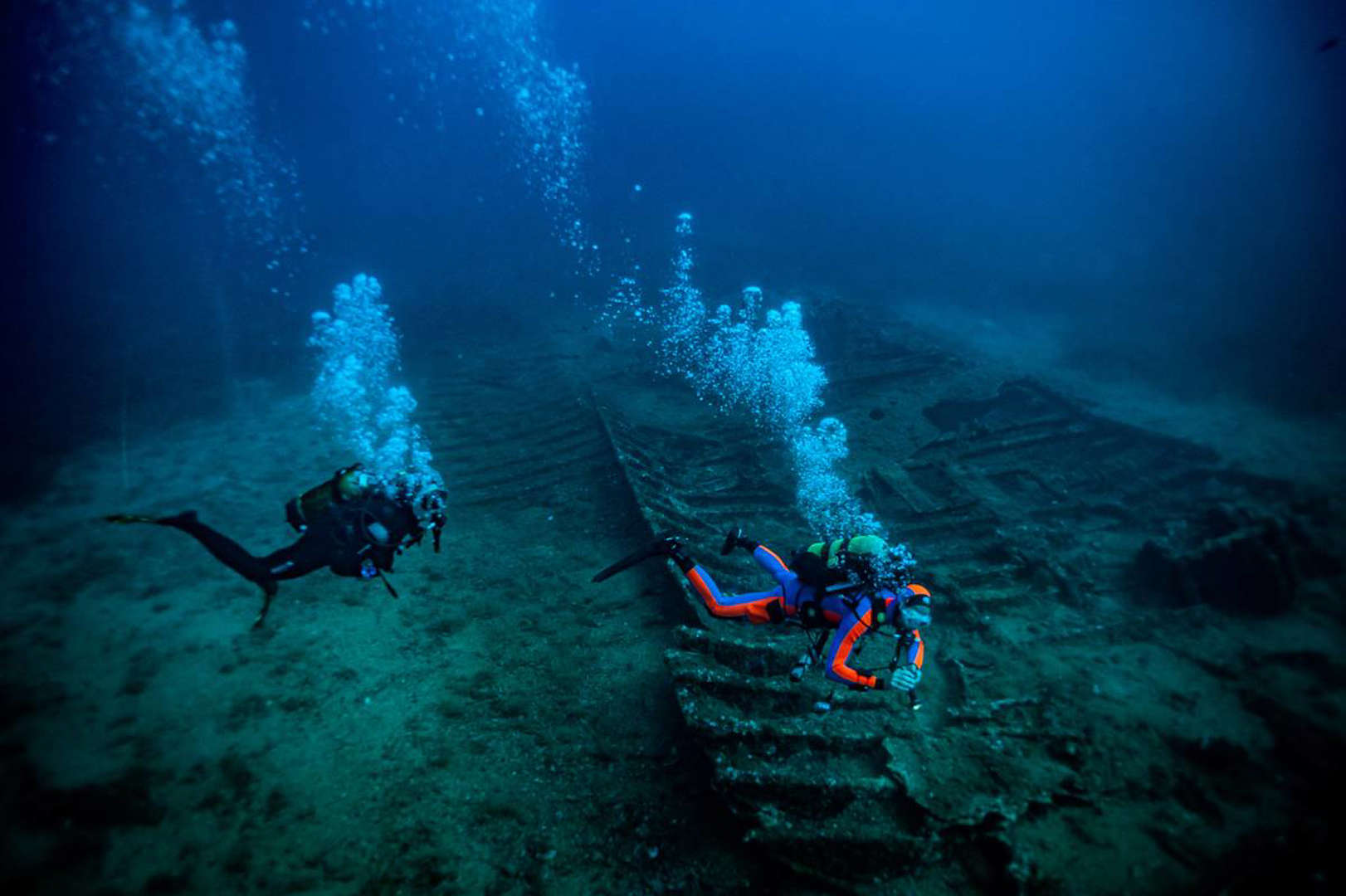
Source: Alessandro Rota/Getty Images
Kronan had almost been forgotten–until diving archaeologists discovered her at the sea bottom. Historian and marine engineer Anders Franzén (1918-1993) finally found the ship in the 1980s. Franzén had been scouring the Baltic sea for old Swedish shipwrecks since the 1940s.
Who Was Anders Franzén?
In the 1950s, Franzén became famous for discovering Sweden’s Vasa vessel which was shipwrecked a couple of years before Kronan. Kronan was the one that he had to find.

Source: Alamy
As technology grew more complex over time, Franzén‘s team pinpointed the right location that would lead them to the extraordinary ship. Finally! But, just where did Franzén’s immense curiosity about ship searching come from?
Franzén Was Far From Being An Amateur
Being a man of many talents, Franzén was also a professional marine technician. He was a massive lover of history, specifically anything relating to the sea. He spent a lot of time looking up information and doing a deep dive into researching the history of Swedish Navy ships.

Source: Wikimedia Commons
His discovery led him to the fact that the waters of the Baltic Sea were the perfect combination of fresh to salt water, which meant that old sunken wood would be well-preserved in those types of conditions. This also meant that Franzén stood a chance at retrieving an entire list (his “dream list”) of ships lost at sea. Successfully, he crossed some off.
Kronan’s Cannons
Specifically, it was in August 1980 when instruments were used to pin the exact location of Kronan after underwater cameras were sent down to reveal images captured of the underwater site. As the team of archeologists dove deeper into the wreckage, they could not believe what they saw. Right in front of them were cannons situated on the side of the sunken ship.

Source: Wikimedia Commons/Public Domain
Their discovery revealed the infamous Kronan–one of the 17th century’s most heavily armed ships. The divers also found Kronan outfitted with more than a hundred guns and three gun decks–the length of which stretched from the bow to its stern.
Cannons From All Over The World
When an expedition was initiated in 1981, the team decided to prioritize removing the cannons from the ship. Though there were no problems retrieving the guns from the deep waters, they had to ask the Swedish Coast Guard for help with the larger ammunition as they weighed more than four tons.

Source: Wikimedia Commons
The gun cannons they saw were of various sizes and shapes–trophies coming from the kingdoms of Denmark, Germany, Spain, and France. To date, a total of 30,000 artifacts have been salvaged from the sunken ship. These include everything from bronze cannons weighing four tons to tiny eggshell fragments.
Enlightened Excavation
Fortunately, the excavation was relatively easy, thanks to the sand surrounding the wreckage. Since the sand was infertile, it meant that there was sufficient light that reflected the sun from the water’s surface.

Source: VCG/VCG via Getty Images
The archeologists used the light to eventually discover 30,000 artifacts. However, it took the crew several years to uncover the entirety of the ship.
Adapting To The Surrounding Environment
Think about it — 340 years is an extremely long time. There must have been so much change that occurred above water and all the developments since then. The miraculous Kronan was nestled below the current for over three centuries and became a special home for the Baltic Sea’s aquatic creatures.

Source: Noaa/ Unsplash
The ship was shielded in the natural vegetation of the water by the time the excavation team found her. Plant life and all kinds of creatures of the sea were living inside what was left of the Kronan. Isn’t it incredible that even objects can adapt to their environment?
The Meaning Behind The Word "Kronan"
During the Battle of Öland, the Kronan wasn’t only the flagship of the Swedish military. She represented royalty and regality, and it took several years for her to be built and finished. Supposedly, the design of the ship was lavish, just as a royal crown is.

Source: Alexander Vogel/ Wikipedia
And so, a notable name had to accompany this extravagant and prestigious vessel. Therefore, it was named the “Kronan” which means “crown.” Nobody knows what the ship looked like before the explosion, despite there being some paintings of it in existence.
The Treasures Of Kronan
By 2019, most of Kronan had been explored and charted–85 percent of it, specifically. However, there are still critical aspects of the ship hidden in the seabed that can never be recovered.

Source: Wikimedia Commons
One of the surprising first finds was a small table cabinet containing navigational tools and instruments–likely belonging to a ship officer.
A Chest Full Of Silver Coins
The divers also discovered a war chest filled with tons of silver coins. During the 17th century, war chests were a necessity during sea travel as they carried the wages of the ship’s crew.

Source: Wikimedia Commons/Zlat'áky.cz @zlataky
Besides silver coins, archeologists uncovered a separate coin collection that led scholars to unique historical speculation.
Gold Coins From Different Parts Of The World
An incredible collection of more than 200 gold coins was discovered during a 1982 dive. Archeologists were surprised that the individual coins were from various parts of the globe, such as Cairo and Reval–the modern-day capital of Estonia.

Source: Wikimedia Commons/Zlat'áky.cz @zlataky
The coins were identified as ducats–the popular form of currency back in the Middle Ages. Ducats’ metallic content and purchasing power varied at the time of their use.
Musical Finds From The Deep
The divers were pleasantly surprised when they also uncovered musical instruments. Their discovery unearthed a viola da gamba, three violins, and a trumpet.

Source: Wikimedia Commons
The instruments likely belonged to one of the officers on the ship. Plus, a violin that was discovered turned out to be one of the oldest in the world.
Do Sailors Still Find Music Important?
Even with access to the Internet at the click of a button, most people probably don’t know too much about military life. It’s also quite difficult to know what a sailor’s life was like.

Source: Kelly Wilkinson/ IndyStar
Soldiers found ways (such as music) to remain positive during the stress of traveling and the hardships of battle. Aboard the Kronan, trumpeters were brought on as entertainment for the admirals and crew. Music, no matter what time period it’s used, is still an important part of the military.
Ancient Tobacco Leaves
The discovery of tobacco leaves also provided a glimpse of how life was during the 17th century. It’s highly likely the men on the Kronan smoked the leaves since they were found bundled in barrels.
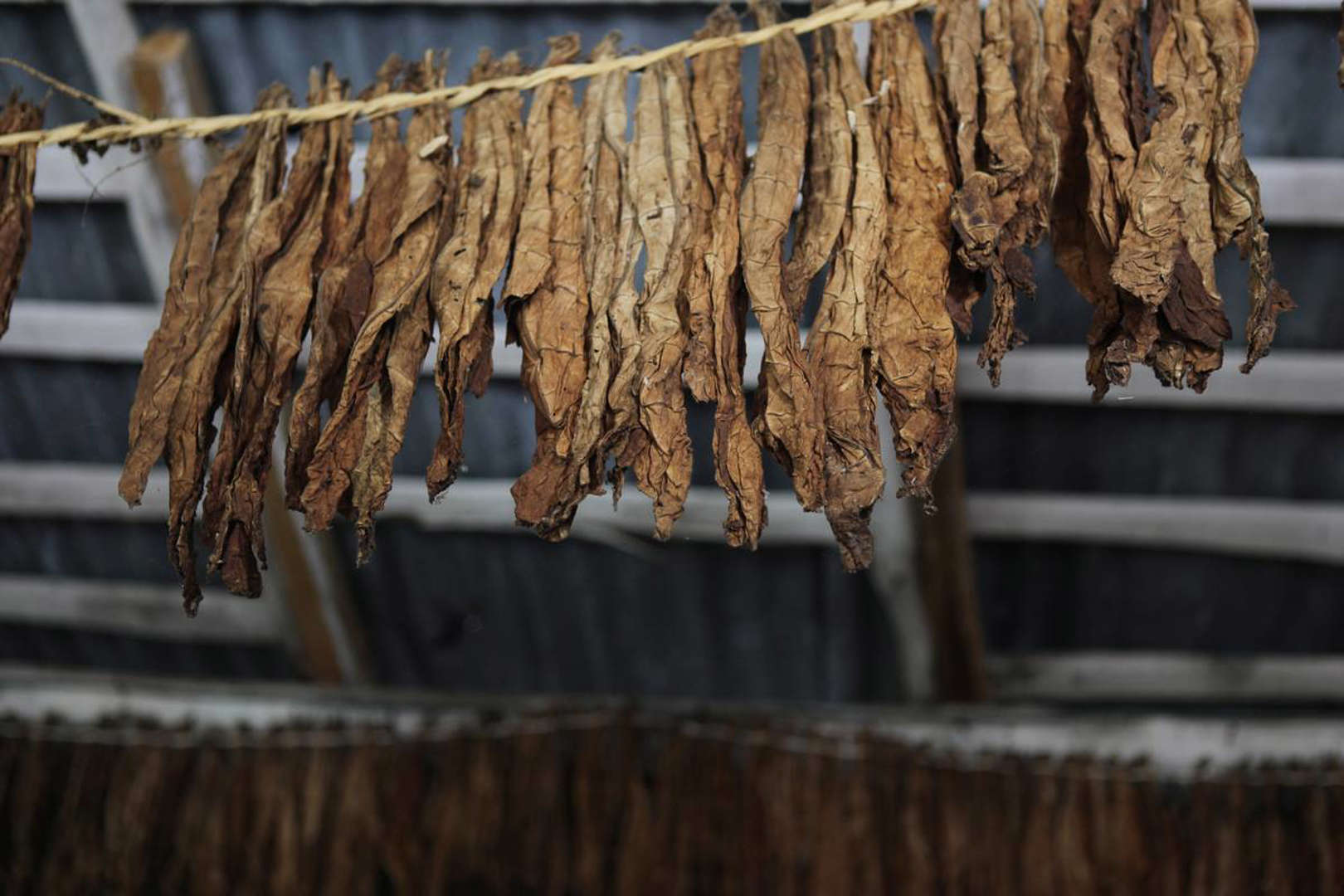
Source: Creative Touch Imaging Ltd./NurPhoto via Getty Images
Back then, people utilized tobacco for the purposes of pleasure and medicine. It was believed that the bundles found on the ship were imported from North America.
Researchers Found Brain Tissue
Besides clothes and mundane items, the archeologists did not expect to discover any tangible evidence of the Kronan’s crew members.

Source: Wikimedia Commons
But in fact, two crew members’ remains, with their skulls’ brain tissue intact, were found. Although so many were lost, there were reportedly 40 men who luckily survived the shipwreck.
Other Exotic International Goods Were Found
The Kronan was only active for four years, but it was evident that her crew had embarked on grand adventures all over the world. Aside from the woven tobacco barrels, there were other baskets of stored goods from internationally.
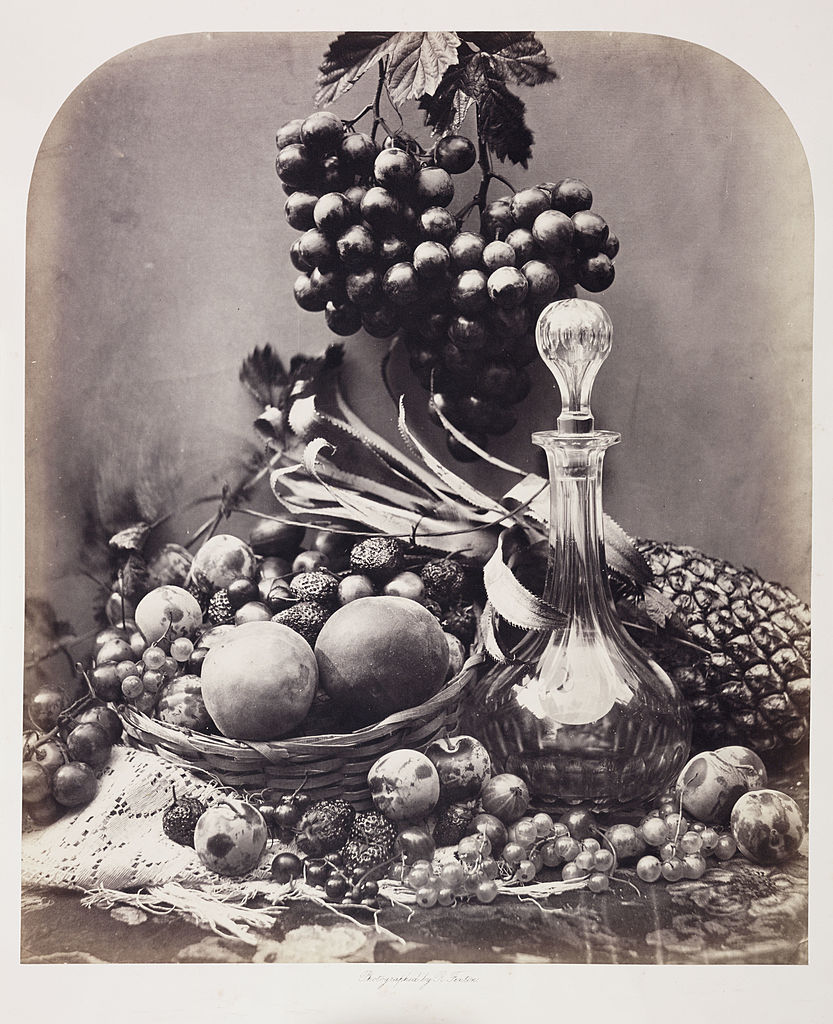
Source: The Royal Photographic Society Collection / Victoria and Albert Museum London/ Getty Images
Exotic foods such as cinnamon, ginger, grapes, and plums were some of the exotic foods discovered by the excavation team. In 2016, the team found a black jar with something inside of it, something that Europeans especially enjoyed.
Centuries-Old Cheese On The Kronan
An unexpected, if not unbelievable, discovery was that of an odd-looking jar. It was eventually brought to the surface; however, upon reaching the surface, the pressure change caused its content to ooze from the lid. Lo and behold, scientists declared they had found 340-year-old cheese.
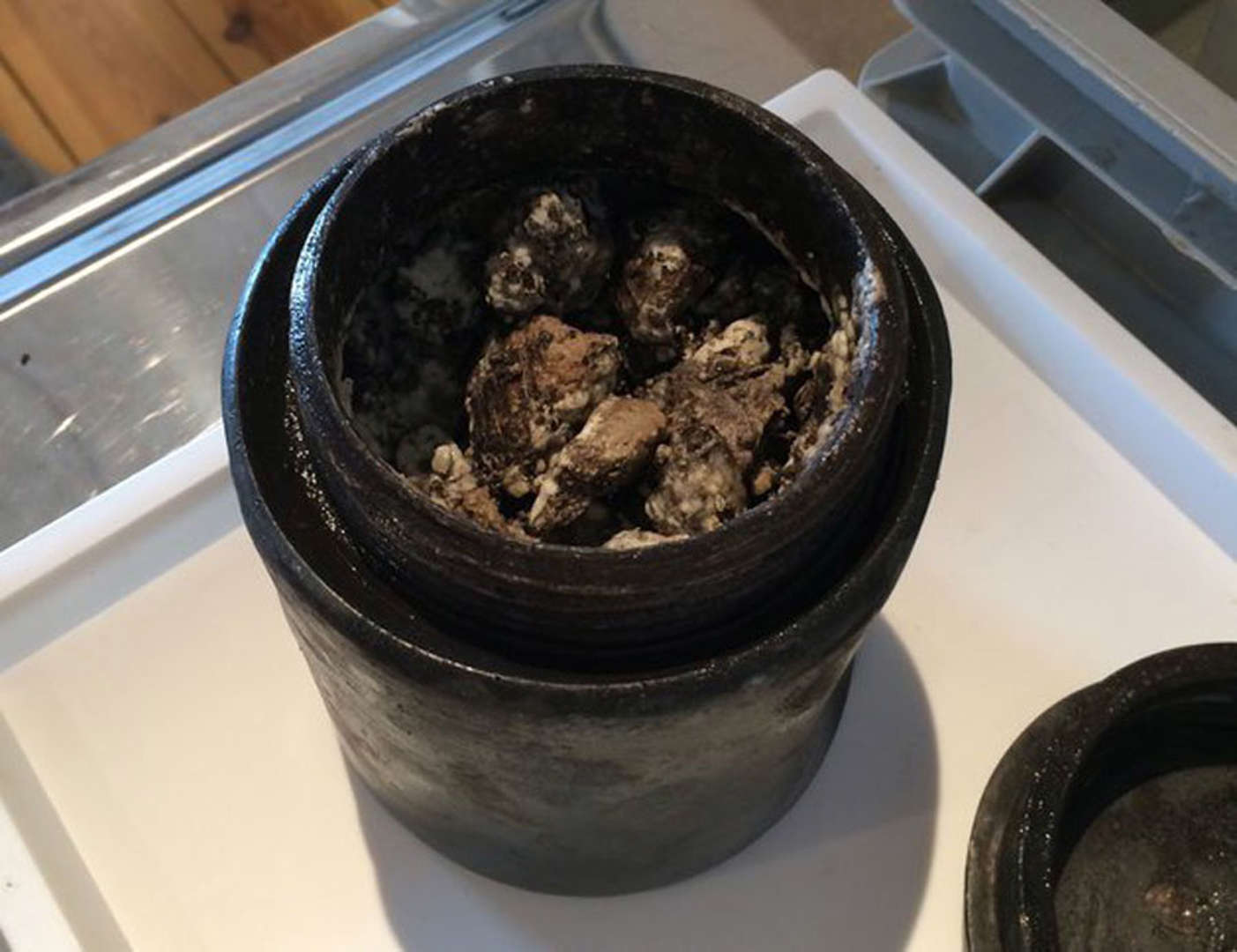
Source: @SarahWardAU/Twitter
According to archeologist Lars Einarsson, they initially theorized that the product was dairy.
Under-The-Sea Roquefort
The entire Kronan retrieval team could not believe what they saw. They also found it hard to believe that they were actually smelling a 300-year-old cheese that had been trapped beneath the ocean.

Source: DEA/G.CIGOLINI/De Agostini/Getty Images
According to Einarsson, the centuries-old cheese resembled a granular Roquefort cheese. Remarkably, the cheese was excellently preserved.
The Discovery Of A Mature Cheese
Einarsson and his team sent the discovered cheese to their lab at the Swedish University of Agricultural Sciences to run tests. Upon the discovery, Einarsson said he is in no hurry to try it. The contents were deteriorating to some extent due to aging and the bacteria, which makes it not recommended to eat.

Source: Matador Network
This cheese, as suspected, very closely resembles Roquefort cheese and must have been a personal delicacy of the crew members to whom it belonged. Scientists believe that it was preserved in cold water and thick oxygen-starved mud.
How Was The Cheese Preserved?
The cheese was able to be so well-preserved due to the lack of oxygen from being in the ocean. Because of this oxygen starvation, the activity of the bacteria on the cheese was restricted. The low salinity level of the Baltic sea also aided in the preservation of other artifacts that were found.

Source: Lars Einarsson/ Kalmar County Museum
The smell was so extremely strong from the pewter container with the suspected cheese that the team had to seal it in plastic bags after it was secured.
Stinky Cheese Wasn’t The Only Provision Found
Einarsson wasn’t surprised that cheese was one of the many provisions on board the ship. The cheese was noticeable, due to its size and remarkable preservation. And, its smell was something that couldn’t be avoided because of the gas expansion that occurred inside the container.

Source: 1stdibs.com
There were other provisions found by the team, aside from smelly cheese. Some of them included: remains of barrels that originally stored beer, chopped meat, and flour. These things gave a clue as to what those on board consumed and how food was made in the 17th century.
So Far, How Much Has Been Documented And Discovered?
From heavy artillery to exotic foods to chests full of treasure, the excavation team sure hit the jackpot with all the incredible discoveries found on the vessel. About 85% of the Kronan’s shipwreck has been discovered as well as documented.

Source: Vlad Tchompalov/ Unsplash
For over three decades, the archaeology team has been working on this particular project. Considering that there are over three hundred years of history from the wreckage that is still undiscovered, it’s a mystery what else they might uncover.
What Were The 7% Of Artifacts That Were Acquired?
Automatically, we probably picture military soldiers wearing the same uniform and sporting the same haircut. But, Swedish soldiers were a bit different back in the day. It was only after the 17th century that uniforms would be common for European militaries.

Source: Ipsumpix/Corbis via Getty Images
A majority of the crew on ships donned regular clothing. We have this knowledge due to the acquired artifacts from the Kronan which were predominantly clothing and textiles.
This Is What Soldiers Wore Back Then
The clothing and textiles that were discovered remained remarkably stored and preserved on the Kronan until archaeologists unearthed them. Based on the findings, the clothing was divided between ranks and class. Evidently, the admirals donned more lavish clothes while sailors were in civilian or “laborer” clothes.

Source: Pinterest
Multiple clothing changes were brought on board. Officers were known to have more comfortable civilian clothes, as well. A bright red jacket was discovered on board, one that researchers believed belonged to one of the higher-ranking members of the ship.
The Excavation Can Be Seen In Person
Even for major history buffs, scientists, and pirate fanatics, finding skulls is very astonishing. The most exciting part of this entire thing is that you can go visit the Kalmar County Museum and witness the fascinating exhibit. The exhibit has become a big tourist attraction in Sweden.
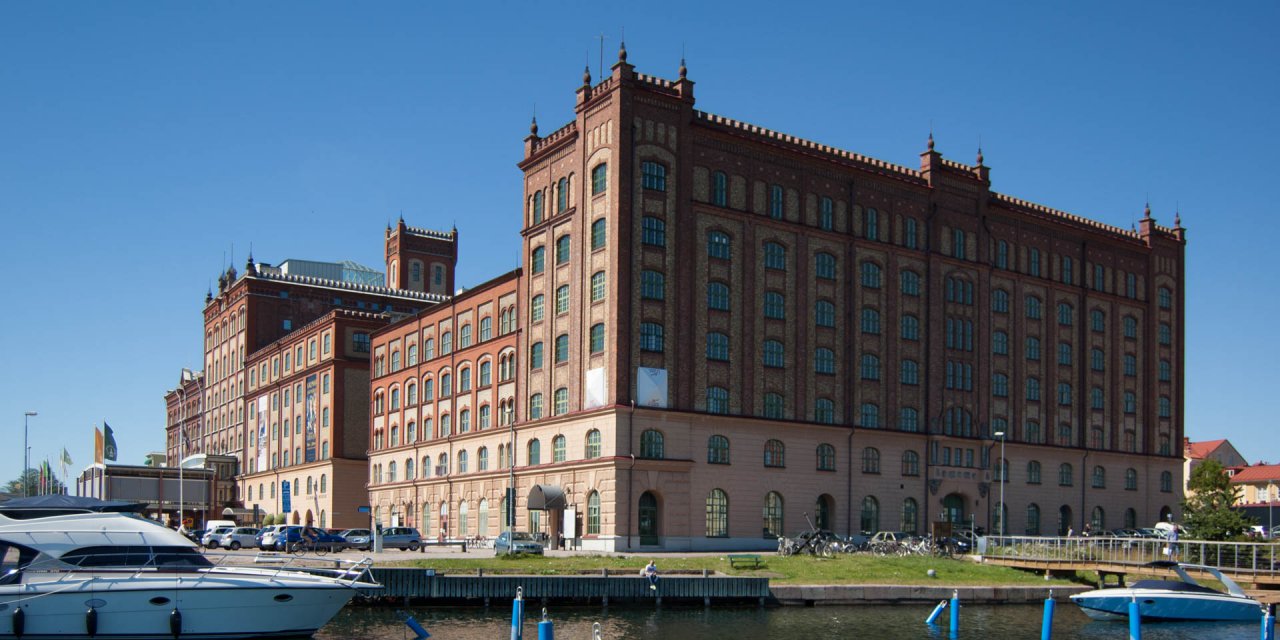
Source: GuidebookSweden
On the museum’s website, the description of this exhibit is what draws visitors in. It says, “The biggest exhibition presents the warship “Kronan” that sank at the south coast of Öland 1676.” What’s even more phenomenal is that the exhibit is interactive!
From The Depths Of The Sea To The Surface Of The Land
Located on the southeast side of Sweden near the Baltic Sea, Kalmar is a wonderful coastal city. The extraordinary discovery of the Kronan has boosted the city’s tourism significantly and is even mentioned on the city’s official website.

Source: Wikimedia Commons
Trip Advisor even ranks visiting the Kalmar County Museum as the number two thing out of 18 to do in the city. It’s beyond clear that the centuries-old enduring saga of the Kronan has made its way from the depths of the sea to the top of a tourist’s bucket list.
